| | “…to feel the breath of a mist moving over a great salt marsh, to watch the flight of shore birds that have swept up and down the surf lines of the continents for untold thousands of years… is to have knowledge of things that are as nearly eternal as any earthly life can be.”― Rachel Carson | | | | It is June. Birds in the United States that migrate have finished sweeping up the shore lines and inland flyways, arriving in Canada and the Arctic where they will raise families, or as scientists put it somewhat sterilely – breed. They will return in the fall with another miraculous show of celestial and magnetic navigation, endurance, intelligence, memory, and sheer determination. 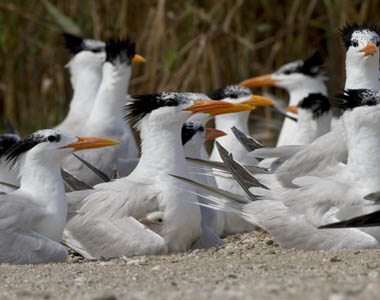 Along the East Coast where Rachel Carson observed and wrote so movingly about birds, we can watch those birds that remain with us and take heart as they continue their colorful lives, contributing to human well-being and the ecosystems on which we depend. Along the East Coast where Rachel Carson observed and wrote so movingly about birds, we can watch those birds that remain with us and take heart as they continue their colorful lives, contributing to human well-being and the ecosystems on which we depend.
That’s why our June issue of RCC’s Bird Watch and Wonder opens with extensive examination of how birds (yes, they are our feathered friends) contribute to our lives through exterminating mosquitoes and gnats, providing fertilizer and pollination, cleaning up carrion, protecting our vineyards, and much more. 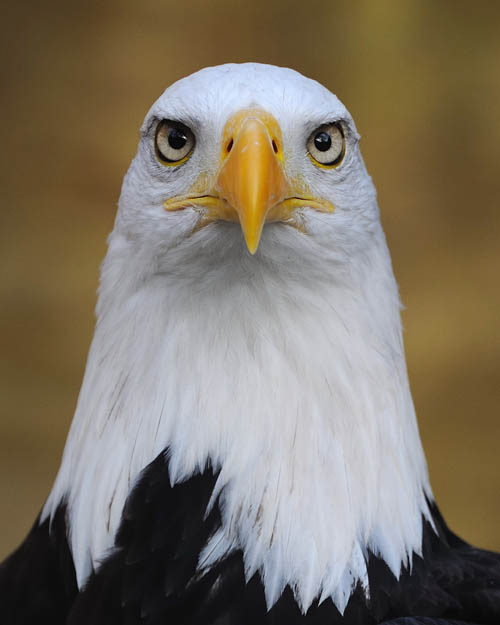 It is also why we humans have painted, photographed, written about, and carefully studied the birds and their amazing and awe inspiring behavior for millennia. As usual, in our “Bird Lore” section, Ross Feldner could not contain his curiosity about how birds manage to see far more than we do in his astounding essay “The Eyes Have It.” It is also why we humans have painted, photographed, written about, and carefully studied the birds and their amazing and awe inspiring behavior for millennia. As usual, in our “Bird Lore” section, Ross Feldner could not contain his curiosity about how birds manage to see far more than we do in his astounding essay “The Eyes Have It.”
You can use your eyes (and binoculars), too, to see just how it is that birds “breed” and raise their families. In “Bird Findings” you can find out about adorable Piping Plover hatchlings in “Make Way for Chicks.” And, you can marvel at the countless baby shorebirds, the descendants of those that Rachel Carson wrote about, in “Boom Times for Baby Birds Along the NC Coast.”
All this fuzzy cuteness and amazing feats of survival will remind you why so many people work to protect birds and their habitats after we nearly destroyed them a century ago. In “Action and Advocacy” you will find out why Audubon California has received over $5 million to restore habitat around the Salton Sea, and why 2025 RCC Duke Stanback Fellow, Ludlow Morris, who grew up in Britain, is working to create a new generation of environmental leaders who will drop their I-phones and other devices and, led by the birds, get in touch with the restorative nature of the outdoors. As you watch and marvel at the birds around you wherever you spend your summer, you will be in awe and humbled at their intelligence, communication, memory, and even consciousness. In “What’s It Like Being a Raven or a Crow?” you’ll see that among the smartest of birds like crows there are astonishing feats. They find and learn to use human tools like spoons, hiding them from others and retrieving them when needed. Crows can even recognize and act accordingly toward friendly and unfriendly individual humans. And, studies reveal, crows have a rich sense of self and of those around them. They actually go back to move food they have hidden away if they learn they have been watched. So, as we slide into summer, find your own perch beneath some shady tree to observe and marvel at the birds. Then prop up your feet and start your summer reading from our "Books" section with Margaret Renkl’s The Comfort of Crows; A Backyard Year that celebrates the interconnected lives and experiences of both birds and humans. | | | | | | 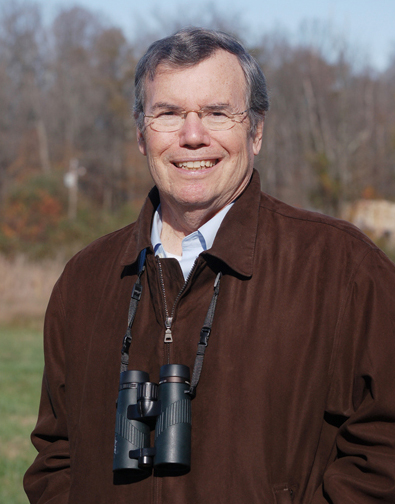 Bob Musil is the President & CEO of the Rachel Carson Council and author of Rachel Carson and Her Sisters: Extraordinary Women Who Have Shaped America’s Environment (Rutgers, 2016) and Washington in Spring: A Nature Journal for a Changing Capital (Bartleby, 2016). He is also the editor of the forthcoming annotated edition from Rutgers University Press of Rachel Carson’s Under the Sea-Wind with his Introduction, updated marine science, and historic and contemporary illustrations and photographs. Bob Musil is the President & CEO of the Rachel Carson Council and author of Rachel Carson and Her Sisters: Extraordinary Women Who Have Shaped America’s Environment (Rutgers, 2016) and Washington in Spring: A Nature Journal for a Changing Capital (Bartleby, 2016). He is also the editor of the forthcoming annotated edition from Rutgers University Press of Rachel Carson’s Under the Sea-Wind with his Introduction, updated marine science, and historic and contemporary illustrations and photographs. | | | | | | 6 Unexpected Ways Birds Are Important for the Environment (and People) Birds improve our quality of life. Watching them flit around a backyard feeder or hop through the grass can be an entertaining diversion, a mood booster, and a window into animal behavior. Observing our avian counterparts offers connection to nature and a reminder that we coexist with wildlife. And there’s more they do for us behind the scenes: We reap many benefits from sharing our planet with birds through what’s known as “ecosystem services.” | | | | | | | | Birds & Ecosystem Services Birds are present throughout almost every habitat across the globe. No matter where you go, there is always evidence of birds even if you don't see the animals themselves. Things like holes pecked in tree bark by woodpeckers or the remnants of a nest are indicative of the presence of birds. While such marks left behind by these animals may seem insignificant, in many cases the activities of birds can have large consequences for the ecosystems they inhabit, making them incredibly important in the overall functioning of various ecosystems. | | | | | | | | The Eyes Have it What does it mean to have hawk eyes? adjective. having extremely keen sight. vigilant, watchful, or observant. hawk-eyed scrutiny. Of all the senses, vision rules supreme in the avian world, since good eyesight is essential for safe flight, avoiding predators and finding food. Birds have the largest eyes relative to their size in the animal kingdom and a number of adaptations, which give them visual acuity superior to that of other vertebrate groups. | | | | | | | | What Birdsong Says About Motivation In self-driven learning, performance is its own reward Just a few weeks after they hatch, baby male zebra finches begin to babble, spending much of the day testing their vocal chords. Dad helps out, singing to his hatchlings during feedings, so that the babies can internalize his tune, the same mating refrain shared by all male zebra finches. | | | | | | | | What’s it Like Being a Raven or a Crow? Many of us as children may have wondered what’s going on inside the mind of an animal – what are they thinking and feeling? Most animal researchers study science because of their fascination with animals, but for a long time scientific norms made it impossible to even raise the question of animal consciousness without losing scientific credibility. Fortunately, those days have ended, thanks in large part to pioneering work by scientists such as Donald Griffin, who argued from the 1980s to his death in 2003 that animal minds should be a topic for scientific study. | | | | | | | | A Young Cooper’s Hawk Learned to Use a Crosswalk Signal to Launch Surprise Attacks on Other Birds Researcher Vladimir Dinets watched the bird repeatedly sneak behind a row of cars to ambush its unsuspecting prey Vladimir Dinets was driving his daughter to school one morning when a flash of movement caught his eye. He watched as a young Cooper’s hawk darted out of a tree, soared low to the ground along a line of cars and dove into a nearby front yard. | | | | | | | | The Legend of the Hermit Thrush The legend of the hermit thrush was told by parents to teach their children the value of honesty. Long, long ago the birds had no song. It was a time when only humans had this melodious gift. Each day, the people would sing a song of greeting to the sun as it rose, and one of farewell as it set. The birds admired the songs and would often stop their flight and listen to the beautiful voices. In their hearts they wished they too could be endowed with this gift. Then one day everything was to change; the Creator decided to visit the earth. | | | | | | | | Audubon California Project Receives $5.2m for Salton Sea Restoration The California Wildlife Conservation Board (WCB) has approved a grant of $5,231,066 towards Audubon California’s Bombay Beach Wetland Enhancement projects, a critical step in restoring and expanding 564 acres of wetland habitat at the Salton Sea. This project, located near the lakeside community of Bombay Beach, is a cooperative effort with the California Department of Water Resources, Imperial Irrigation District and the Bureau of Reclamation. | | | | | | | | New Evidence Reveals Coastal Birds Need Both Stewardship and Restoration Spring marks the beginning of sea- and shorebird breeding season along the U.S. coastline, where species like Least Tern, Snowy Plover, and American Oystercatcher can be found nestled in the sand and raising chicks with an ocean view. However, these picturesque shorelines are not without their dangers. Both birds and people must weather tropical storms and hurricanes, along with the inevitable flooding and erosion that comes with them. | | | | | | | | How to Create a Generation of Environmental Stewards Cloaked in the mottled shade of young campus oak trees, Duke Campus BC Plaza is filled with a sea of people and ripples with life. The excited bustle and noise of chatter emanate as always from the central campus hangout spot, carried by the cooling North Carolina summer breeze. T-shirts and shorts adorned, summer dresses flowing in the wind, and sunglasses gently reflecting the dappled beams of light reaching through the camouflage netting of leaves, a gaggle of chattering students gathers. | | | | | | | | Even Birds Can’t Outfly Climate Change While birds are better able than most species to relocate in response to climate change, the environment is changing faster than they can fly, a new Yale study finds. As rising global temperatures alter ecosystems worldwide, animal species usually have two choices: adapt to changing local conditions or flee to a cooler clime. Ecologists have long assumed that the world’s bird species were best equipped to respond to the pressures of climate change simply because they have the option of flying to higher altitudes or towards global poles. | | | | | | | | Conservation Sweet Spots: Research Reveals Where Protecting Nature Helps Both Birds and Humans in the United States Ithaca, NY—In a new study published in the journal Ecosystem Services, researchers from the Cornell Lab of Ornithology, Cornell University, and the Wildlife Conservation Society examined how protecting areas valuable for human needs — like clean water, flood control, and carbon storage — could simultaneously benefit bird populations across the United States. | | | | | | | | | | Birds Are Struggling to Keep Pace With a Warming Climate For decades, scientists assumed that birds, with their ability to fly long distances and nest in a range of habitats, would cope better with a warmer climate than most other animals. A new study from Yale University upends that optimism, showing that even the continent’s feathered high-flyers cannot relocate quickly enough to escape rising temperatures. | | | | | | | | Birds vs. Storms: How Coastal Birds Adapt to Harsh Weather During Migration We deal with weather changes on a daily basis in the Lowcountry, from wearing a raincoat to making plans to go to the beach. But how do endangered coastal birds respond to weather events during their migration? The South Carolina Department of Natural Resources Coastal Bird Program studies the red knot, a federally-listed threatened shorebird about the size of an American robin, to find out why they’re stopping in the Palmetto State. | | | | | | | | California’s Hummingbirds Have Changed Their Beaks in Response to Backyard Feeders, Study Finds With plenty of artificial nectar available, Anna’s hummingbirds have expanded their range northward and their beaks have tended to become longer and larger Many bird enthusiasts like to hang bright red feeders filled with homemade sugar water to attract hummingbirds to their gardens. Now, new research suggests this common practice may be driving rapid evolutionary change in one species in California. | | | | | | | | Feminist Bird Watchers Are Saving Ecosystems One Park at a Time On a January morning cold enough to see your breath when you exhale, I trekked down a gravel path surrounded by trees with the Durham Feminist Bird Club at Durham’s Lake Betz. The club’s leader appeared, offering me a pair of binoculars. The glossy black eye cups had been considerably damaged through years of use and being packed and unpacked for his birding outings. Someone gasped, and the 20 or so attendees whipped their heads towards the sound. “A blue heron,” someone said, pointing towards the lake. | | | | | | | | Yale Study Reveals Mating Tip For Bird Species: You Should Be Dancing Using cutting-edge statistical modeling, Yale researchers examined mating success rates among one prairie bird — and found that females are more attracted to dance moves than aggressive fighting. When it comes to impressing the ladies, greater sage-grouse males know that smooth dance moves trump combative posturing. Indeed, new Yale research into these prairie-dwelling birds confirms that female preference is more important than male aggression when it’s time to mate. | | | | | | | | State of the Birds 2025 This 2025 edition of the State of the Birds report is a status assessment of the health of the nation’s bird populations, delivered to the American people by scientists from U.S. bird conservation groups. Birds are telling us that the habitats people depend on are vanishing. Declines are happening across the board: in grasslands, aridlands, western and eastern forests, in Hawaii’s fragile ecosystems; and with our shorebirds and seabirds. Even waterfowl, which had rebounded strongly thanks to decades of conservation work, are seeing sharp recent declines. | | | | | | | | The Best Smart Bird Feeders for Backyard Birding Odds are, at this point you’ve probably seen or know someone who has a smart bird feeder. They’re fairly recognizable from a distance with their clear housing, cameras, and solar panels, and perhaps a friend or family member has sent you a photo or video of a bright goldfinch or handsome woodpecker (guilty). The question at this point, then, is whether these things are really worth the $100-plus price tag. Are they actually durable? And what about the squirrel problem? | | | | | | | | Make Way For Chicks! Two weeks ago, the Coastal Birds Crew received some wonderful news: The first Piping Plover chicks of the season hatched! As of May 29, there are 10 chicks running around on Maine’s beaches, and many more are due to hatch over the next couple of weeks. Since a great deal of our management was damaged during the late May nor’easter, the Coastal Birds Crew has been hard at work repairing fencing and erecting “Chicks on Beach” signs to make sure that the beaches are as “chick safe” as possible. | | | | | | | | America's Best Birdwatching States According to Data Just like people, birds seek out the best destinations—some for relaxation, others for adventure, and almost all for a seasonal getaway. We found data that shows that more than 96 million people in the U.S. like knowing where birds are at and what they do, or they enjoy just watching them while hiking, camping, or trekking across the backcountry. A 2022 report from the U.S. Fish & Wildlife Service reveals that 95% of birders (91 million people) prefer the comfort of home birdwatching, while 44% (43 million people) set out on impromptu birding adventures. | | | | | | | | Boom Times for Baby Birds on the NC Coast Our sanctuaries are budding with new life. Here’s a full rundown of the nesting season so far. From the Cape Fear River to Pamlico Sound and beyond, coastal birds are already raising the next generation of chicks this spring and summer. American Oystercatchers are scurrying after their long-legged chicks on the river, Least Terns and their fish-loving babies are thriving on barrier islands, and Royal and Sandwich Tern chicks are finding their way amongst colonies that number in the thousands. | | | | | | | | Famous Bird Paintings: Floating Feathers & Vicious Swans Birds have a special place in the world of animal paintings. There’s an entire sub-genre of art devoted to depicting our feathered friends, with these creatures being a constant source of fascination for artists over the centuries. Here’s a list of some of the most famous bird paintings in the world, and where you can admire them in person. | | | | | | | | The Dream of Flying Human beings, creatures indelibly linked to the terrestrial kingdom, have long been intrigued and inspired by the ability of birds to fly, an ability that has allowed them to enjoy both full freedom of action and movement, and the observation of new perspectives on the world. This peculiarity has made birds an extremely interesting subject also in the historical and artistic field... | | | | | | | | Eastern Meadowlark “In the silver light after a storm, Under dripping boughs of bright new green,
I take the low path to hear the meadowlarks. Alone and high-hearted as if I were a queen.”– Sara Teasdale The Eastern Meadowlark is one of many grassland species of birds that are listed as near threatened due to disappearing grassland habitat mostly caused by development, forest succession, and large-scale agricultural operations. Near threatened means that it is likely to become endangered in the near future. | | | | | | | | Momentary Meditations are published every Monday to awaken what Rachel Carson called “the sense of wonder” and what Albert Schweitzer called “a reverence for life.” Looking deeply into our interdependence with all life on earth helps us know what we must do. In our harried world, these meditations are meant to serve as a renewable resource for compassion and love. Life Sustaining Gift A Turkey Vulture’s bald red head and dark plumage are not often described as beautiful, yet that word came to mind as I watched this ocean beach scene. | | | | | | | | | | | From the author who blessed us with Late Migrations, The Comfort of Crows is perfect for anyone wondering what life has in store for them next. It has deep ties to nature and climate change, as well as original art from the author’s brother. There’s just so much to love. REESE’S BOOK CLUB PICK * NEW YORK TIMES BESTSELLER “A beautiful love letter to nature and the world around us.”—Reese Witherspoon 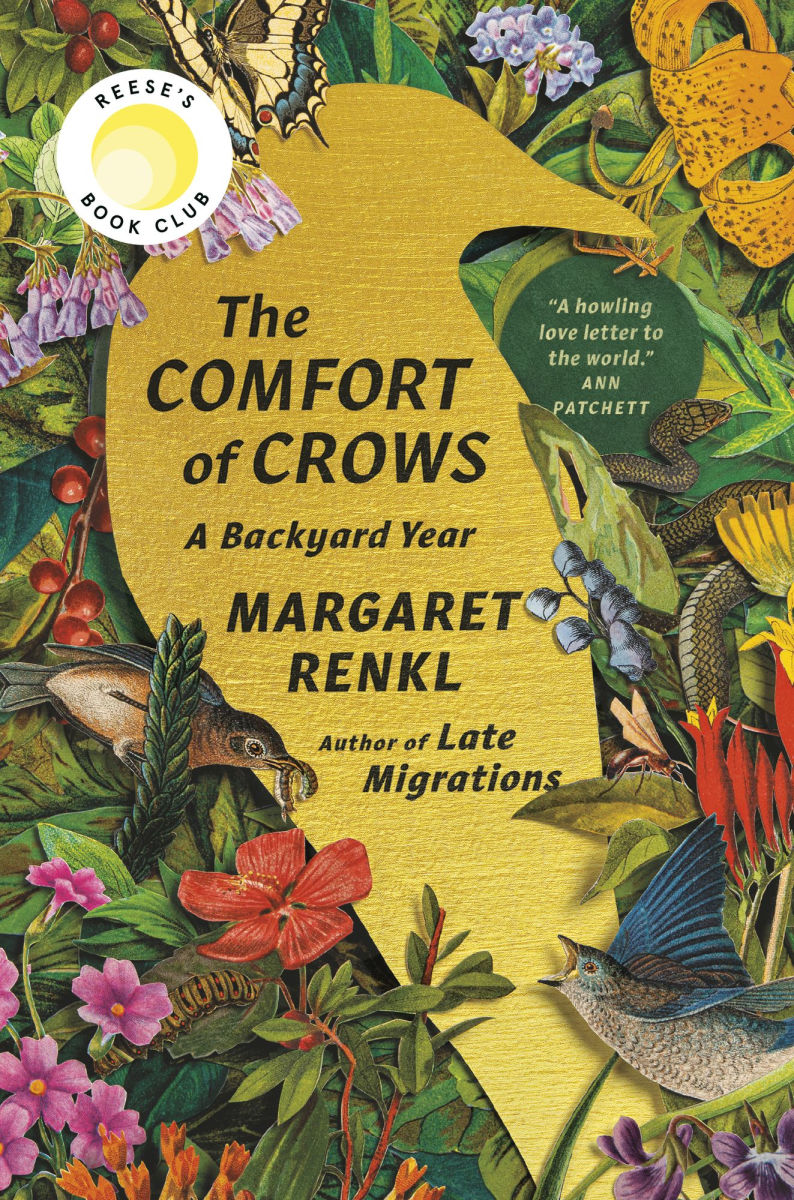 From the beloved New York Times opinion writer: a luminous book that traces the passing of seasons, both personal and natural. From the beloved New York Times opinion writer: a luminous book that traces the passing of seasons, both personal and natural.
In The Comfort of Crows, Margaret Renkl presents a literary devotional: fifty-two chapters that follow the creatures and plants in her backyard over the course of a year. As we move through the seasons—from a crow spied on New Year’s Day, its resourcefulness and sense of community setting a theme for the year, to the lingering bluebirds of December, revisiting the nest box they used in spring—what develops is a portrait of joy and grief: joy in the ongoing pleasures of the natural world, and grief over winters that end too soon and songbirds that grow fewer and fewer.
Along the way, we also glimpse the changing rhythms of a human life. Grown children, unexpectedly home during the pandemic, prepare to depart once more. Birdsong and night-blooming flowers evoke generations past. The city and the country where Renkl raised her family transform a little more with each passing day. And the natural world, now in visible flux, requires every ounce of hope and commitment from the author—and from us. For, as Renkl writes, “radiant things are bursting forth in the darkest places, in the smallest nooks and deepest cracks of the hidden world.” With fifty-two original color artworks by the author’s brother, Billy Renkl, The Comfort of Crows is a lovely and deeply moving book from a cherished observer of the natural world. Click here to purchase | | | | | | | | | | Memoirs of a Colored Man's Love Affair with Nature Winner of the Southern Book Prize Winner of the Reed Award from the Southern Environmental Law Center Finalist for the John Burroughs Medal 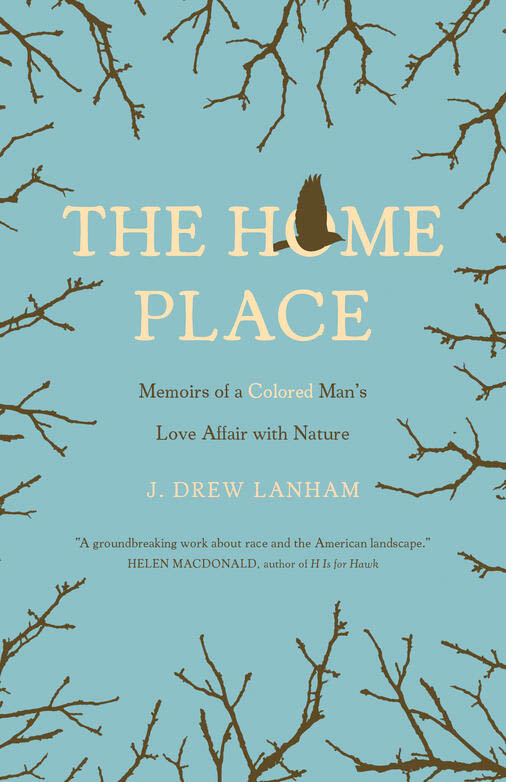 “In me, there is the red of miry clay, the brown of spring floods, the gold of ripening tobacco. I am, in the deepest sense, colored.” From these fertile soils—of love, land, identity, family, and race—emerges The Home Place, a big-hearted, unforgettable memoir by ornithologist J. Drew Lanham. “In me, there is the red of miry clay, the brown of spring floods, the gold of ripening tobacco. I am, in the deepest sense, colored.” From these fertile soils—of love, land, identity, family, and race—emerges The Home Place, a big-hearted, unforgettable memoir by ornithologist J. Drew Lanham.
Dating back to slavery, Edgefield County, South Carolina—a place “easy to pass by on the way to somewhere else”—has been home to generations of Lanhams. In The Home Place, readers meet these extraordinary people, including Drew himself, who over the course of the 1970s falls in love with the natural world around him. As his passion takes flight, however, he begins to ask what it means to be “the rare bird, the oddity”—to find joy and freedom in the same land his ancestors were tied to by forced labor, and then to be a black man in a profoundly white field.
By turns angry, funny, elegiac, and heartbreaking, The Home Place is a remarkable meditation on nature and belonging, at once a deeply moving memoir and riveting exploration of the contradictions of Black identity in the rural South—and in America today. Click here to purchase | | | | The June 2025 issue of Bird Watch and Wonder was produced by Ross Feldner | | | |  The Rachel Carson Council Depends on Tax-deductible Gifts From Concerned Individuals Like You. Please Help If You can. The Rachel Carson Council Depends on Tax-deductible Gifts From Concerned Individuals Like You. Please Help If You can. | | | |  Sign Up Here to Receive the RCC E-News and Other RCC Newsletters, Information and Alerts. Sign Up Here to Receive the RCC E-News and Other RCC Newsletters, Information and Alerts. | | | | | | | | | | | |